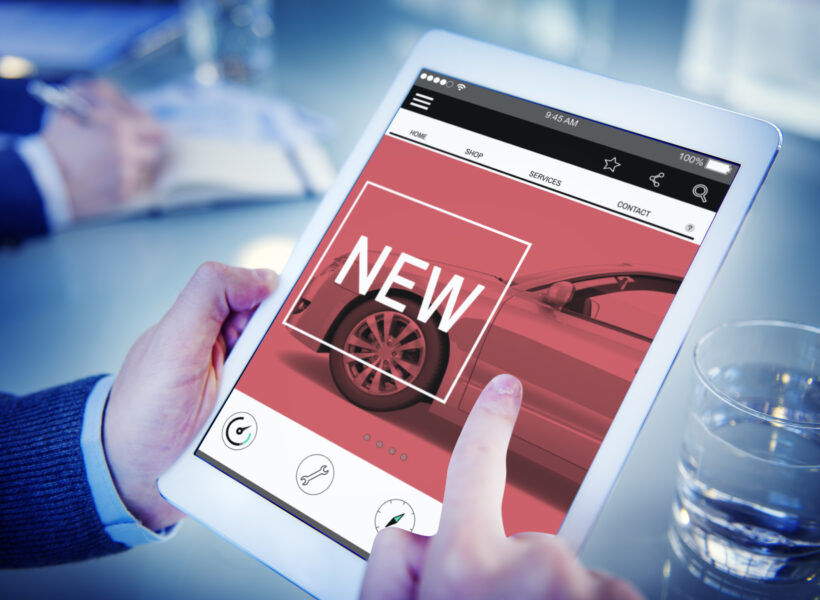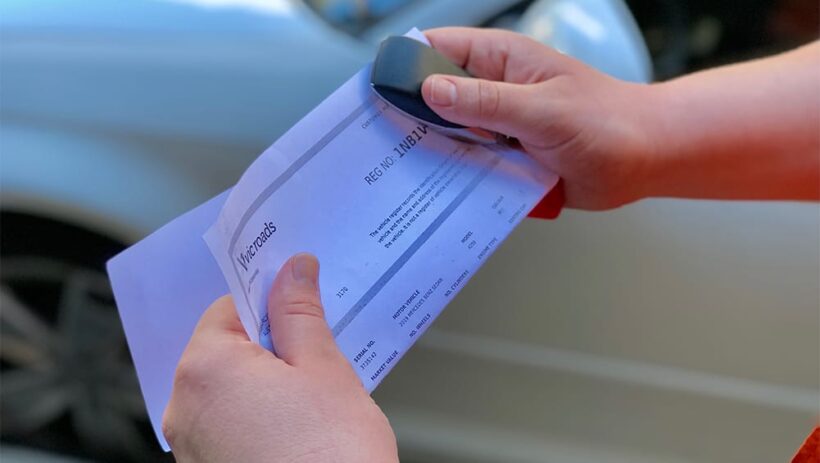Welcome to our in-depth guide on selling your car to a dealership in 2024. As the automotive market continues to evolve, it’s increasingly important to understand the nuances of selling your vehicle effectively. This guide is designed to navigate you through every step, ensuring you secure the best possible deal. Selling to a dealership offers the convenience of a straightforward transaction and immediate payment, making it a preferred choice for many in today’s fast-paced world.
Determine Your Car’s Value

Understanding your car’s current market value is the cornerstone of a successful sale. This knowledge ensures you enter negotiations well-informed and with realistic expectations. Utilize online valuation tools like Kelley Blue Book or Edmunds to get an accurate estimate of your car’s worth. These platforms consider various factors such as make, model, year, mileage, and overall condition to provide a fair market value. Having a ballpark figure not only prevents undervaluation of your vehicle but also sets the stage for effective negotiation.
Gather Essential Documents
Securing the right paperwork is a critical step when selling your car, or as they say it in Dutch auto verkopen, to a dealership. The most essential document is the title, which serves as the official proof of ownership. Additionally, a thorough compilation of maintenance records can significantly enhance the perceived value of your car, as it demonstrates responsible ownership and upkeep. Other necessary documents include the vehicle registration, which proves the car’s legal status on the road, and a valid photo ID to verify your identity as the seller. Having these documents readily available not only streamlines the sales process but also enhances your credibility as a seller, potentially leading to a better offer from the dealership.
Research Dealerships

Investing time in researching the right dealership is a critical step towards a successful sale. Aim to find dealerships that either specialize in your car’s make or are reputable multi-brand dealers. Online reviews, ratings, and customer testimonials can be invaluable in assessing the credibility and customer service quality of these establishments. It’s also advisable to visit their websites to get a sense of their business practices and ethos. Personal visits to the dealership can provide insights into their customer handling and the condition of cars they sell, offering a glimpse into how they might value your car.
Clean and Prepare Your Car

Presenting a clean and well-maintained car is crucial for making a good impression. Start by thoroughly cleaning both the interior and exterior. A spotless and polished vehicle can significantly increase its appeal. Address minor repairs, such as fixing scratches or replacing worn-out mats, to enhance its overall appearance. Organize all compartments and remove personal items to give a tidy look. Consider professional detailing if needed, as it can elevate your car’s presentation and potentially increase its value.
Get Multiple Appraisals
Obtaining appraisals from multiple dealerships is a strategic move. It gives you a broader perspective on your car’s market value and strengthens your negotiating position. Start by contacting dealerships and scheduling appraisal appointments. Be transparent about your intention to explore multiple offers; this can sometimes encourage a better initial offer. During appraisals, be attentive to how each dealer evaluates your car. This can provide insights into what aspects of your car are most valued in the market, potentially guiding you in future car maintenance or purchase decisions.
Negotiation Tips
Effective negotiation is key to maximizing your car’s selling price. First, enter negotiations with a clear idea of your car’s worth and the lowest offer you’re willing to accept. Be confident but reasonable, and remember it’s okay to negotiate on terms beyond just the price, like additional services or warranties. Highlight your car’s strengths and maintenance record. Don’t be afraid to walk away if the offer doesn’t meet your expectations – often, dealers are willing to negotiate further to close a deal.
Understand the Sales Process

Familiarizing yourself with the typical steps involved in selling your car to a dealership is essential. The process generally starts with an appraisal, followed by an offer from the dealership. Once you accept the offer, you’ll move on to paperwork, which includes transferring the title and signing sales agreements. Be prepared for a detailed inspection of your car and queries about its history. Understand that dealerships may also handle any outstanding loans or leases as part of the transaction. Throughout this process, ask questions and ensure you fully understand each step.
Consider Selling to a Private Buyer
Weighing the pros and cons of selling to a dealership versus a private buyer is important. Selling to a dealership is usually quicker and involves less paperwork, but you might get a higher price from a private buyer. However, selling privately often requires more effort, including advertising, meeting potential buyers, and handling negotiations yourself. Consider your priorities, whether it’s the speed and convenience of a dealership sale or the potential for a higher sale price in a private transaction.
Finalize the Deal
Before finalizing the sale, ensure everything is in order. Review all paperwork thoroughly to understand the terms and conditions of the sale. Double-check the payment details and ensure you’re clear about when and how you’ll receive the payment. If there are any outstanding loans or liens on the vehicle, discuss how these will be handled. Make sure you have all necessary documents ready, including the car’s title and any additional paperwork required by your state. It’s also a good time to remove your personal belongings from the car and take photographs of the vehicle’s condition at the time of sale.
Transfer Ownership

Transferring ownership is the final legal step in selling your car. This typically involves signing the back of the car title and providing it to the dealership. Each state has specific requirements for transferring a vehicle title, so check your state’s DMV website for detailed instructions. You may need to complete additional paperwork, such as a bill of sale or an odometer disclosure statement. Be aware that there might be fees associated with the title transfer, which can vary by state.
Conclusion
Selling your car to a dealership in 2024 requires preparation, research, and a strategic approach. From determining your car’s value to understanding the sales process and negotiating effectively, each step plays a vital role in ensuring a successful transaction. Remember, your goal is to make an informed decision that aligns with your needs and gets you the best possible deal.

